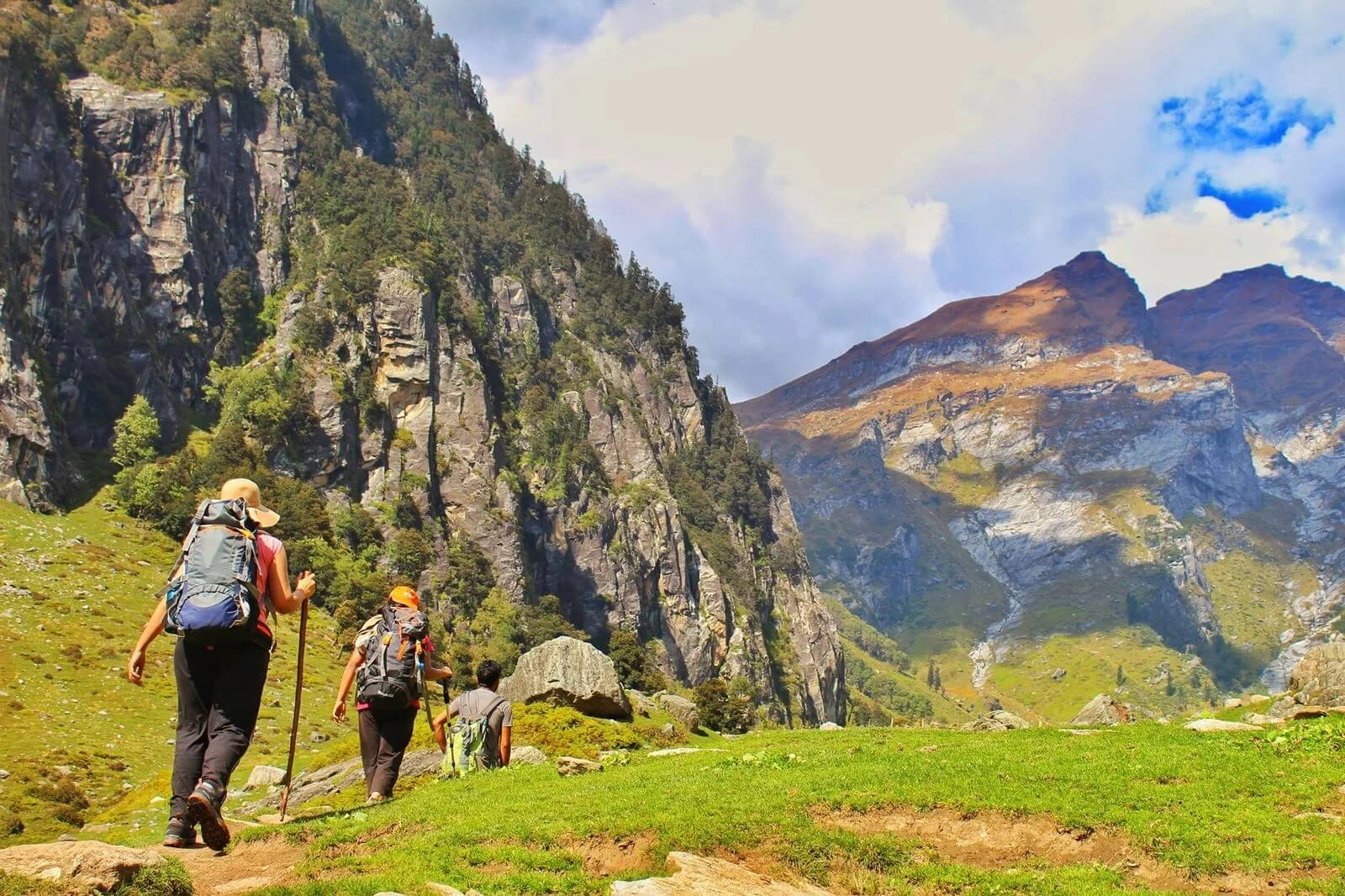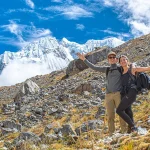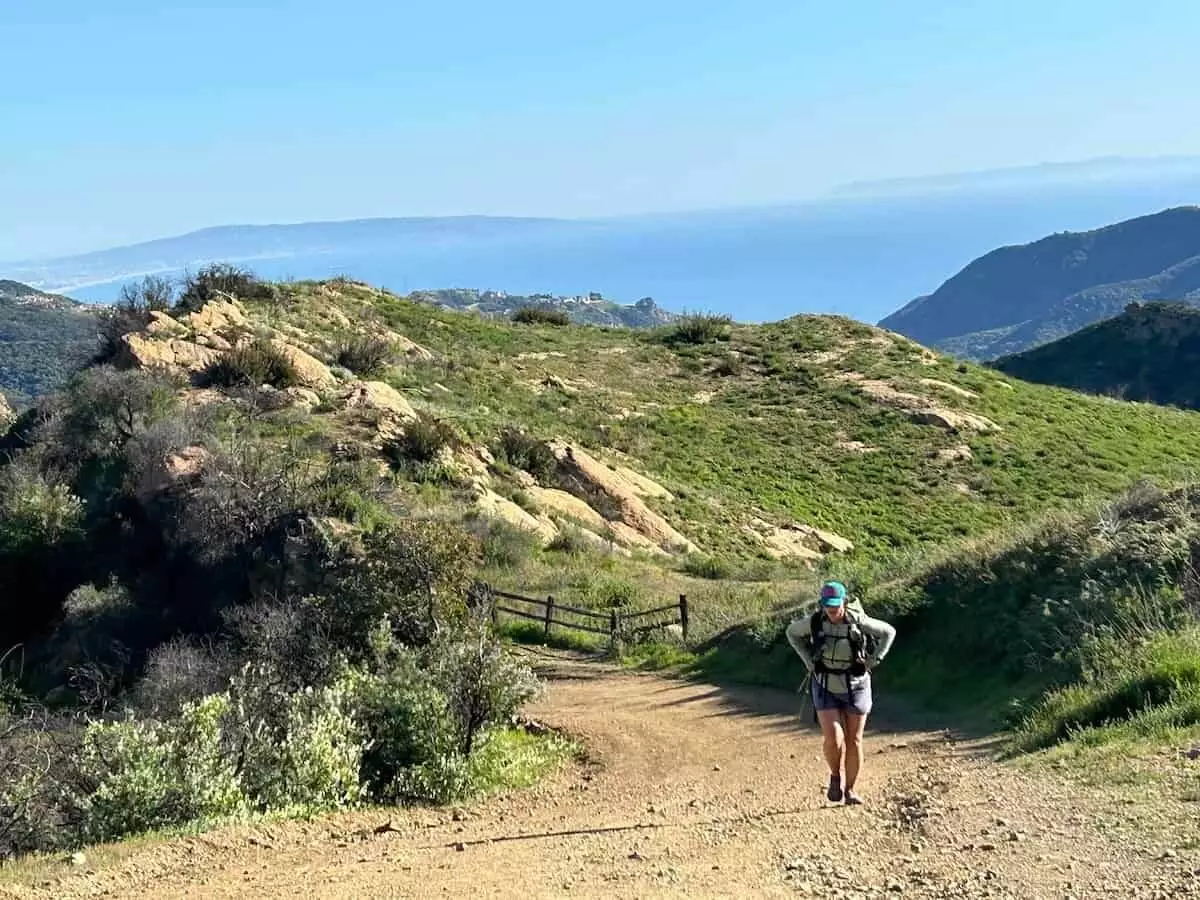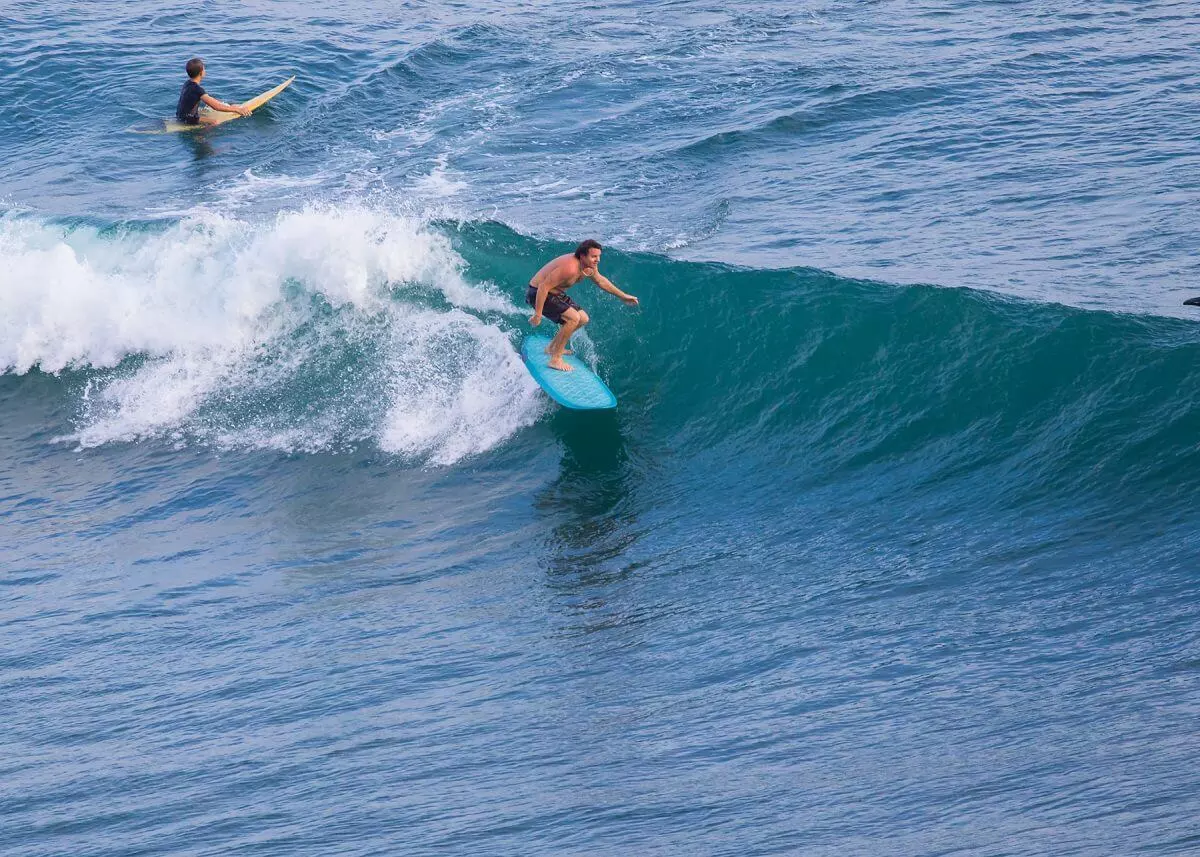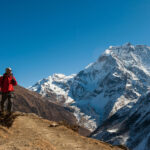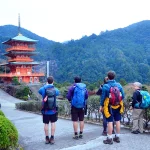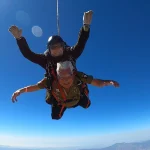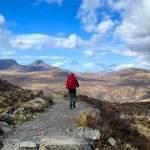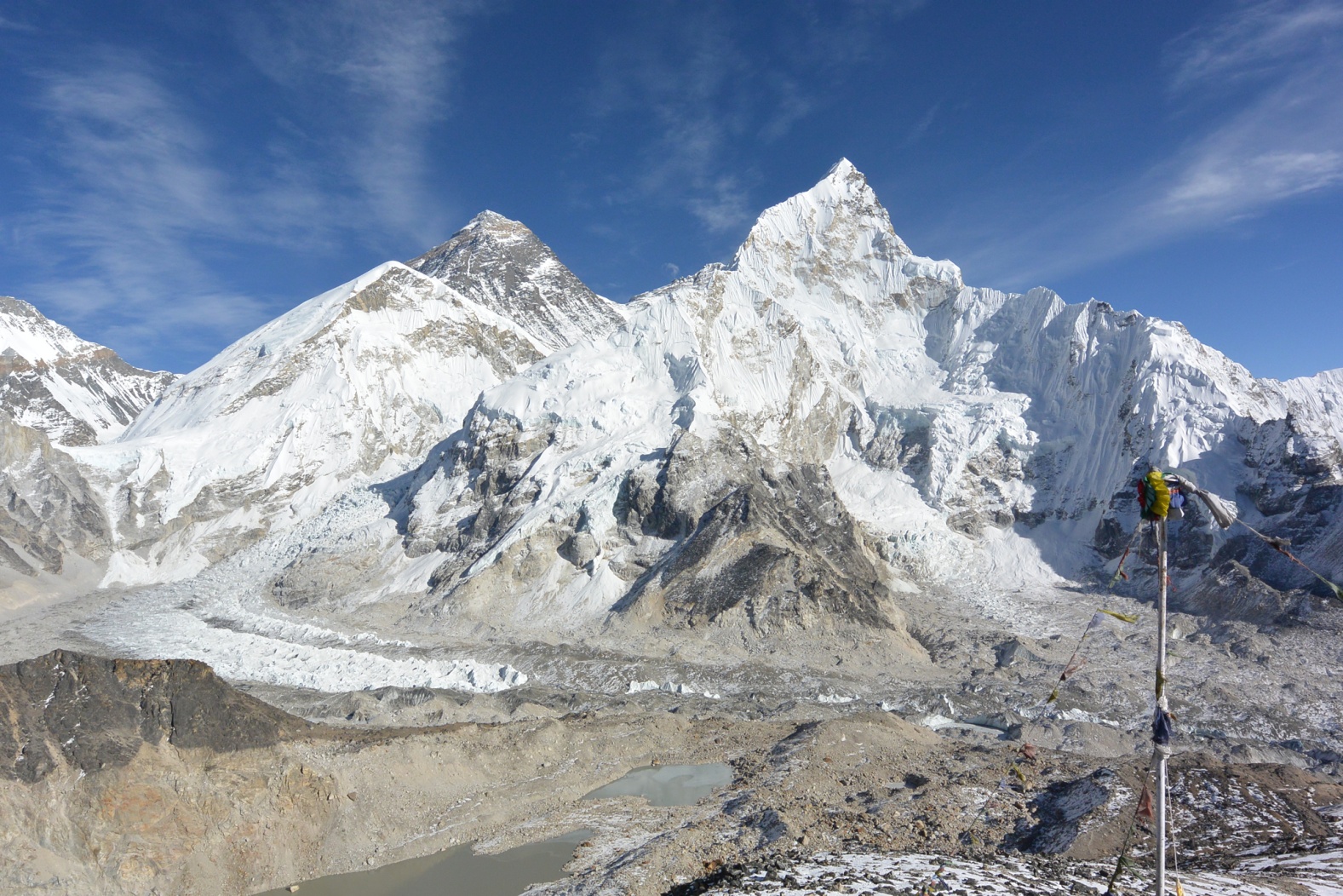Is the Hampta Pass Trek Safe? Fitness, Altitude, and Health Guidelines Explained
The Hampta Pass Trek is one of the most scenic and rewarding treks in the Indian Himalayas. Stretching from the lush green valleys of Kullu to the stark desert-like terrain of Lahaul, it offers trekkers a unique experience of traversing diverse landscapes within just a few days. But one question remains crucial for many aspiring trekkers—Is the Hampta Pass Trek safe? The short answer is yes, provided you are well-prepared, physically fit, and mindful of the altitude and health guidelines.
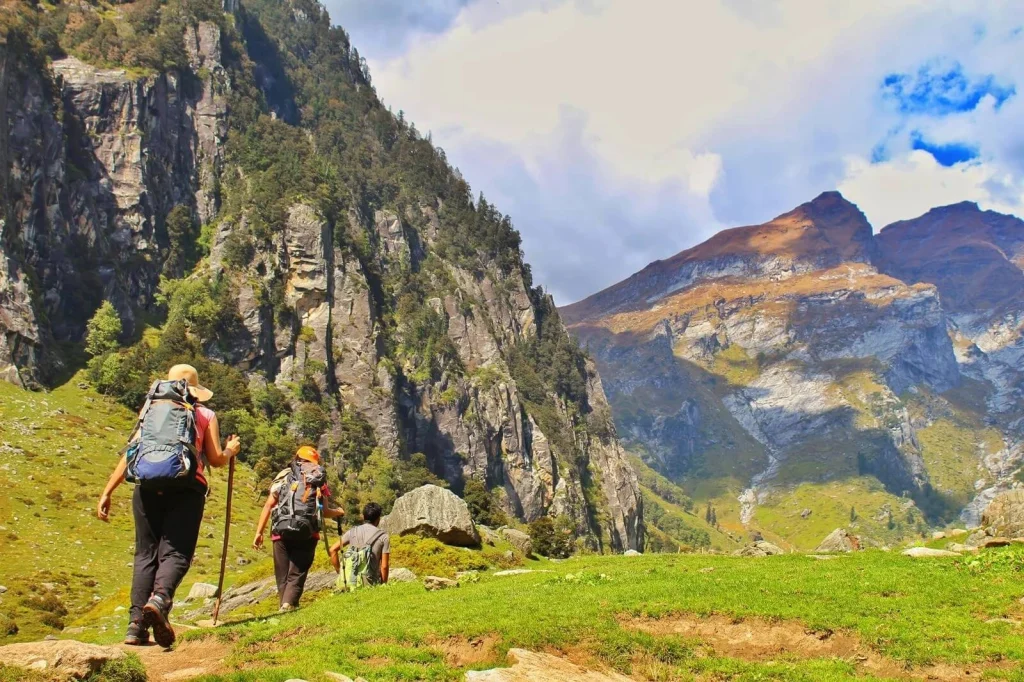
Content
Understanding the Trek’s Altitude Challenges
The highest point of the Hampta Pass Trek reaches 4,270 meters (14,000 feet). At this altitude, the oxygen levels are lower, and the risk of altitude-related issues, such as Acute Mountain Sickness (AMS), increases. However, because the trek is spread across five days with gradual ascents, the chances of altitude sickness are significantly reduced with proper acclimatization.
It’s essential to be aware of early symptoms of AMS—headache, nausea, dizziness, or fatigue. Trekkers are advised to hydrate frequently, avoid alcohol, and report any discomfort to the trek leader immediately. Most organized treks, including those by Trekup India, carry oxygen cylinders, oximeters, and first-aid kits to ensure safety in such situations.
Fitness Requirements: How Fit Do You Need to Be?
Although the Hampta Pass Trek is categorized as a “moderate” trek, it still requires a reasonable level of physical fitness. Trekkers should ideally begin preparing at least a month in advance. Cardiovascular exercises like jogging, cycling, or swimming help increase stamina. Strength training, particularly for the legs, also proves useful, as the trek involves long hours of walking on uneven terrain.
You should be able to comfortably walk 6–8 km in one go while carrying a small backpack. It’s not a race, but endurance is key. People with pre-existing conditions like asthma, diabetes, or heart issues should consult a doctor and ensure they have medical clearance before attempting the trek.
Health and Safety Protocols You Can Rely On
Organized trek operators like Trekup India prioritize safety and have strict health guidelines in place. Before the trek, participants are required to fill out medical forms and disclaimers. On the trail, daily health checks are conducted using pulse oximeters and BP monitors. The support staff is trained in basic first aid and emergency response, ensuring prompt action if needed.
Porters and mules carry essential supplies, allowing trekkers to focus on the journey without being overburdened. Nutritious vegetarian meals, clean drinking water, and sanitized camping gear all contribute to a hygienic and secure trekking experience.
Final Thoughts: Safety Comes Down to Preparation
In conclusion, the Hampta Pass Trek is safe for most people, provided you take the necessary precautions. Being physically prepared, understanding how your body reacts to altitude, and choosing a reliable trek operator are all critical steps. With these in place, you can focus on enjoying the breathtaking views, serene campsites, and the thrill of crossing one of Himachal Pradesh’s most beautiful mountain passes.

This author’s life has been an adventure. He has visited over 30 countries, and lived in four different states. He is a traveler at heart, but he also loves exploring the outdoors on his bicycle or hiking with his canine companion.
